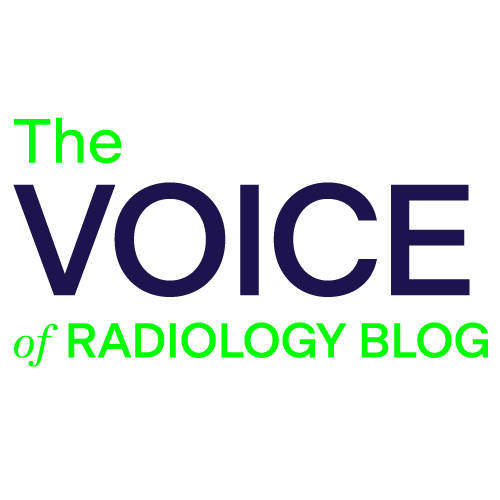Aradhana M. Venkatesan, MD, FACR, Vice Chair for the Malignant Gynecology Panel of the American College of Radiology® (ACR®) Appropriateness Criteria Committee Expert Panel on Gynecology and Obstetrics Imaging and Professor of Radiology at the University of Texas M.D. Anderson Cancer Center, contributed this piece.
Ovarian cancer ranks fifth in cancer deaths among women, accounting for more deaths than any other cancer of the female reproductive system. According to the American Cancer Society, an estimated 19,710 women will receive a new diagnosis and 13,270 women will die from ovarian cancer this year. The observance of Ovarian Cancer Awareness Month this September is a timely opportunity to expand awareness about ovarian cancer and ovarian cancer screening.
Ovarian cancer is hard to detect in its early stages due to its vague symptoms. The symptoms of high-grade serous ovarian cancer (the most common type of ovarian cancer) often don’t appear until the cancer has grown and begun to spread, with most women not experiencing symptoms until the cancer is in its later stages. Women may experience constipation, bloating, early satiety (i.e. a feeling of fullness) after eating and back pain. It is important for patients to speak with their doctor if they notice potential symptoms of ovarian cancer. Often, these symptoms can be caused by noncancerous conditions, but it is important to have symptoms evaluated and for patients obtain timely, high quality and optimal care.
Higher-risk populations include those over the age of 60, those with a personal history of breast cancer, a family history of breast or ovarian cancer or known or suspected genetic predisposition. Examples of genetic mutations that increase the likelihood of developing ovarian cancer are mutations in the breast cancer 1 (BRCA1) and breast cancer 2 (BRCA2) genes, which are the genes most commonly affected in hereditary breast and ovarian cancer.
It is also important to remember that ovarian cancer can affect any individual who has ovaries, regardless of their gender/gender identity. This includes cis gender females, as well as transgender men or non-binary individuals who have ovaries. Awareness about ovarian cancer and ovarian cancer screening recommendations is thus relevant to all these groups. Knowledge about the risk factors for developing ovarian cancer and one’s own personal risk is vitally important.
The ACR offers resources to educate and empower both patients and referring providers such as the ACR Appropriateness Criteria. According to these evidence-based guidelines, routine screening for ovarian cancer is not recommended unless a woman is at increased risk. In this setting, pelvic ultrasound may be appropriate, i.e. in women who are either pre- or postmenopausal with a high-risk family history.
Additionally, this patient-friendly video from the ACR Commission on Patient- and Family- Centered Care can help educate our patients, encouraging their participation in shared decision-making with their physicians about screening.
Please share your thoughts in the comments section below, and join the discussion on Engage (login required).


